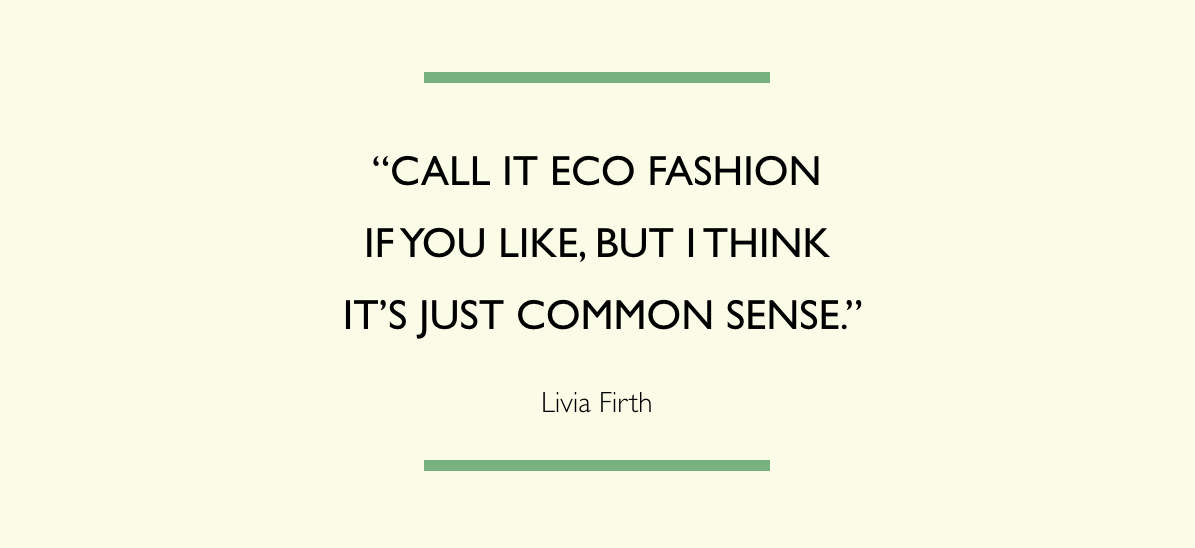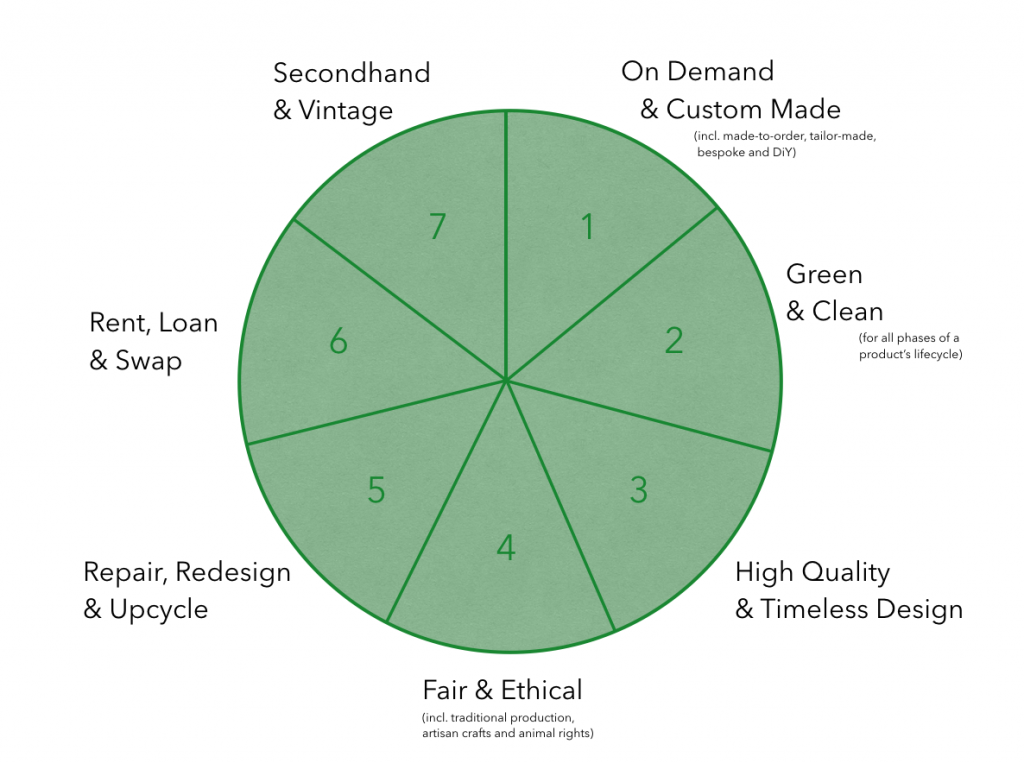
What is sustainable Fashion?

Six easy steps to a more environmental wardrobe
September 1, 2018Sustainable fashion is increasingly becoming a hot topic and we see a growing awareness among designers, companies but also among consumers of their environmental impact. But what exactly distinguishes sustainable fashion from conventional fashion?
What I learnt after plenty of research is that there is no set definition of sustainable fashion. Also, I hate to be the one telling you but, there is no such thing as being 100% sustainable with fashion. One of the main reasons is that washing clothes already takes a toll on the environment as we use water, electricity and laundry detergent (most of them are not eco-friendly). So If we were to be very correct we should be taking about more sustainable fashion.

I will use Green Strategy's definition as a starting point:
“More sustainable fashion can be defined as clothing, shoes and accessories that are manufactured, marketed and used in the most sustainable manner possible, taking into account both environmental and socio-economic aspects. In practice, this implies continuous work to improve all stages of the product’s life cycle, from design, raw material production, manufacturing, transport, storage, marketing and final sale, to use, reuse, repair, remake and recycling of the product and its components.”
When you start learning about sustainable fashion you soon realise that there are many forms of (more) sustainable fashion. Below I have taken Green Strategy’s 7 main forms of sustainable fashion and explained them in detail - all of these strategies promote a more environmentally, socially and ethically conscious production and consumption.

1.) On Demand & Custom Made
A system where products are only produced once ordered and tailored towards the needs of the customer can help avoiding an overstock of products which often end up in landfills when not sold.
2.) Green & Clean
This strategy impacts all major processes of the clothe's life cycle. From how the garment is made to what raw materials are used to make the garment. But also the way the product is transported and sold. Always check the labels to look at the materials which the garments are made of.
3.) High Quality & Timeless Design
Products with a higher quality have an extended lifetime since they are made to last. A timeless design means that the product is not going out of trend immediately. The longer a garment lasts, the more sustainable it becomes.
4.) Fair & Ethical
When companies produce in an ethical way it ensures that the workers have a fair compensation and are treated respectfully.
5.) Remake, Reuse & Upcycle
Instead of using new resources, re-using what already exists is a sustainable way of creating new products. Whether it is using recycled textiles or turning an old pair of jeans into shorts.
6.) Rent, Loan & Swap
Swap-parties and rental companies have been becoming increasingly popular as people start to realise that sometimes you don't need Why buy items if you are only going to wear them once? The rental, loan, swap movement has pushed people to buy long lasting essentials and rent the trends.
7.) Second Hand & Vintage
A guaranteed way to reduce the fashion industry's impact is to avoid buying new stuff. Check your local thrift or Vintage stores - low prices, unique pieces and good for the planet all at once.
So why not pick one or two of these and take a step towards a more eco-friendly life style yourself?


